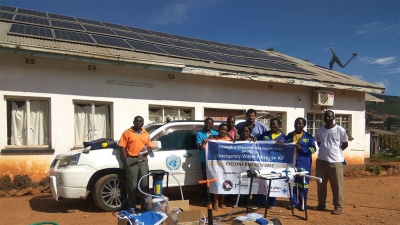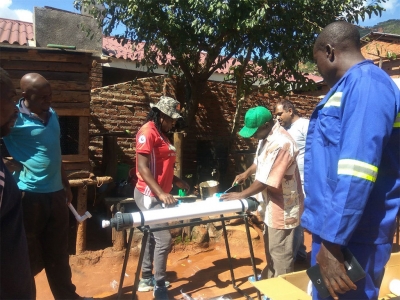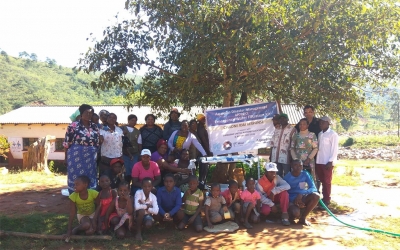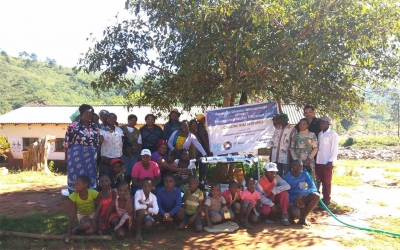OVERVIEW
Tropical Cyclone Idai made landfall in Zimbabwe, on the 15 of March 2019 affecting Chimanimani, Chipinge, Mutare and Buhera districts. 59,125 IDPs (12,249 households) were reported across the 4 affected districts. The largest number of IDPs have been identified in Chipinge (36,347 IDPs), followed by Chimanimani (14,016 IDPs), Buhera (4,469 IDPs) and Mutare (4,293 IDPs). The high number of IDPs in Chipinge can be explained by the fact that the district has the highest population. However, Chimanimani is the district that is worst affected by the cyclone.
The President has declared the impact of Cyclone Idai in Zimbabwe a state of disaster. As of 10 April, at least 299 deaths and 186 injuries have been reported. The homes of at least 4,000 households are destroyed or currently uninhabitable. This is expected to increase as assessments continue.In the seven districts affected by the Cyclone Ida- Chipinge, Chimanimani, Buhera, Bikita, Mutare, Gutu, and Chiredzi – multisectoral support will be required to speed recovery. The livelihoods of over 270,000 people across these districts has been affected. Those in Chipinge and Chimanimani districts are worst hit.2

INTERVENTION BY ZUNA TEAM IN ASSOCIATION WITH ROTARY RD3131, AQUA PLUS & HIND PHARMA
On the appeal raised by Zimbabwe United Nation Association to immediately respond to Idai Cyclone, Aqua Plus Disaster Management and Hind Pharma through their CSR funds pledged 4 number of AP 700 CL Water Treatment Kits, 55000 Chlorine Tablets and 10 Cholera Kits. The same where air lifted from India to Harare, Zimbabwe. The ZUNA team cleared the goods at speed and the same were transported in a dedicated vehicle to Chimanimani which is the worst affected district in Zimbabwe. Upon reaching Chimanimani, the team proactively coordinated with the district administration who then further directed to coordinate with RDC, Chimanimani. The 55000 chlorine tables and 10 Cholera kits were handed over to the Health officer who were in grave needs of these items. The team were further guided by the Government WASH focal person of Chimanimani district to the sites for assessment and installation of the water filtration kit. Upon discussion with the community and agreement of safety and security of the equipment by the management committee; the following sites were selected for installation –
1. Ngangu Primary School, Around 300 families (150 individuals living in the camp and people living in nearby locations)
2. Ngangu Secondary School,Around 200 families (127 individuals living in the camp and people living in nearby locations)
3. New Stands Village.,300 families; 70 people are killed in this single village
4. Rural District Clinic Around 500 outpatients visiting every day + 10 inpatients.







